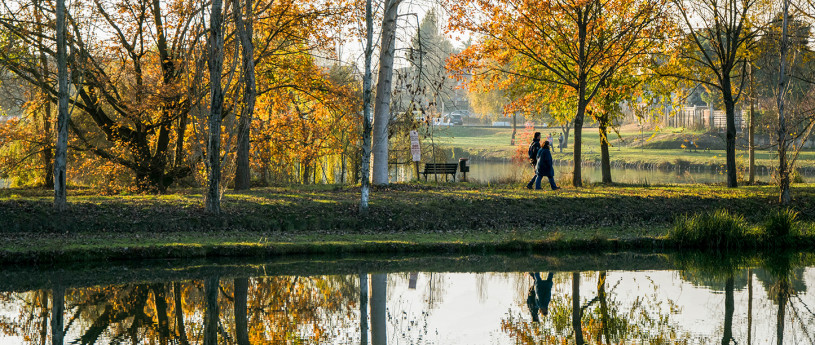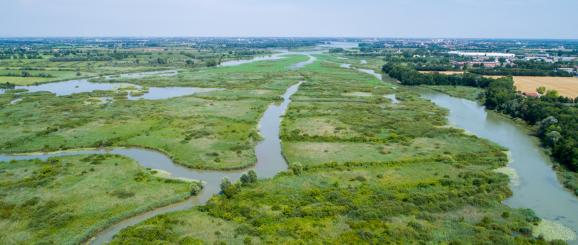- Parks
- Navigli
- Active & Green
South Milan Agricultural Park
A green belt around Milan that includes municipalities, with protected areas, itineraries, many initiatives and events
The Sud Milano Agricultural Park forms a half-circle around Milan. It borders with Ticino Park to the west and Adda Park to the east.
The Sud Milano Agricultural Park aims to safeguard farming, crops and woodlands, to protect the natural environment, enhance the historical and architectural heritage, recover the environment and landscape in degraded areas, to educate visitors about the park and how to respectfully use its environmental resources. The park is characterised by its dense agricultural crops, punctuated by a rich network of natural waterways and canals and a rural road system. Corn fields alternate with water meadows; rows of trees mark the borders of the fields and run next to the waterways.
The Sud Milano Agricultural Park is also a cultural resource that will make visitors feel as if they've stepped into a large monument created by nature, dozens of generations of farmers and the monks of the abbeys and the lords of the castles and palaces, buildings that can still stand out throughout the park. Farmhouses and lovely rural villages dot the entire landscape.
The forest area of the Sud Milano Agricultural Park is very small in proportion to the magnitude of existing crops. However, the park does have areas rich in vegetation along the banks of rivers, canals, and waterways where the wildlife seeks refuge.
The wildlife is concentrated in the park's richest natural habitats (forests, wetlands, springs) and to a lesser extent in the cultivated areas.
The abundance of water is one of the area's most significant environmental resources. The rivers and historic waterways (Vettabia, Ticinello, Addetta, Muzza ), the Grande and Pavese canals and the numerous springs that remain active today contribute to making this extremely precious ecosystem.
The natural environment is also characterised by the presence of protected areas such as nature reserves, parks and natural oases.




















